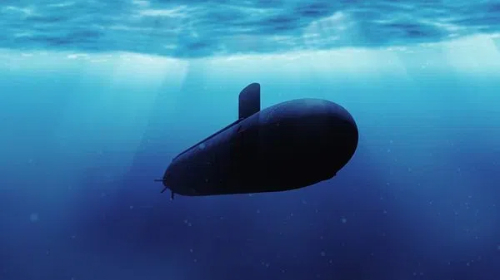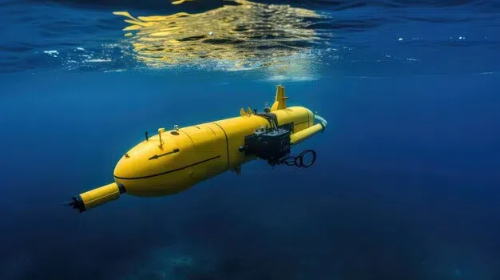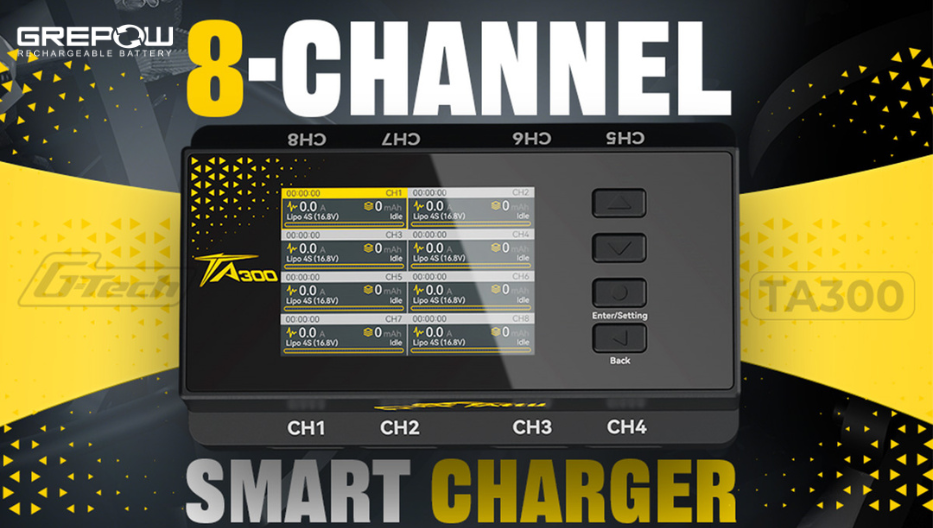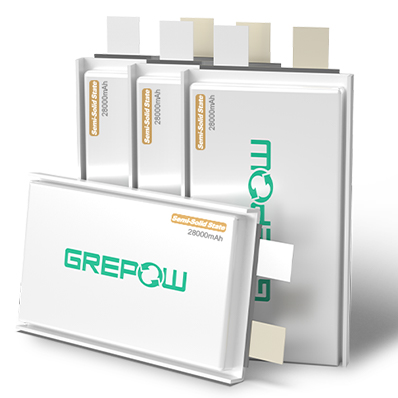AUV vs. UUV: What’s the Difference?
Underwater exploration, research, and military operations often require the use of specialized vehicles that can operate autonomously or be remotely controlled. Two key types of underwater vehicles are AUVs (Autonomous Underwater Vehicles) and UUVs (Unmanned Underwater Vehicles). Though they share similarities, these systems have distinct roles, capabilities, and applications. In this article, we’ll explore what these terms mean, their differences, and the advantages and disadvantages of each type of vehicle.
What Does an AUV Stand For?
An AUV stands for Autonomous Underwater Vehicle. As the name implies, AUVs are designed to operate underwater without direct human control. These vehicles are pre-programmed to follow specific paths or complete predefined missions without real-time guidance. They use various sensors to navigate, gather data, and perform tasks in oceans, lakes, and other underwater environments.
Fully autonomous operations carry power onboard. Power enables propellers or thrusters to move an AUV through the water and is necessary to operate sensors on the AUV. Most AUVs use specialized batteries, although some AUVs have used fuel cells or rechargeable solar power. Certain AUVs, such as gliders, minimize energy demands by allowing gravity and buoyancy to propel them.

What Is the Meaning of a UUV?
UUV stands for Unmanned Underwater Vehicle, which is a broader category that encompasses any underwater vehicle that does not require a human onboard. UUVs can be either autonomous (AUVs) or remotely operated (ROVs), meaning that a UUV might be controlled by an operator from a remote location, or it might be fully autonomous like an AUV.
UUVs are versatile and are deployed for various underwater tasks, ranging from exploration to defense operations, and can be classified into several subcategories, including AUVs and ROVs (Remotely Operated Vehicles).

What Is the Difference Between an AUV and a UUV?
The main difference between an AUV and a UUV lies in the scope and control of these systems:
AUVs are a specific type of UUV that are fully autonomous. Once launched, they follow a pre-programmed route or mission without human intervention.
UUVs, on the other hand, refer to any unmanned vehicle operating underwater, and this includes both AUVs and ROVs. ROVs are typically tethered and controlled remotely by operators, offering real-time interaction with the vehicle.
In short, all AUVs are UUVs, but not all UUVs are AUVs. The critical distinction is that AUVs function independently, while UUVs can either be autonomous or remotely operated.
Advantages and Disadvantages of AUVs
Advantages
●Autonomous Operation: AUVs can operate without human intervention, making them ideal for long-duration missions or in hazardous environments where human involvement is not feasible.
●Efficiency in Data Collection: AUVs are equipped with advanced sensors and navigation systems, allowing them to collect high-quality data in a more efficient manner, such as during marine surveys or seafloor mapping.
●Cost-Effective: Once deployed, AUVs can reduce operational costs by eliminating the need for constant human oversight, as opposed to manned submarines or remotely operated systems.
●Access to Hard-to-Reach Areas: AUVs can navigate into areas where tethered vehicles or human divers cannot, such as deep ocean zones or under ice-covered waters.
Disadvantages
●Limited Real-Time Control: Once deployed, AUVs follow their programmed mission and cannot be easily redirected or controlled in real-time unless they are recovered and reprogrammed.
●Risk of Mission Failure: Autonomous systems can encounter unexpected obstacles, leading to potential mission failures if they are unable to adapt or avoid these hazards.
●Energy Constraints: AUVs are typically battery-powered, and longer missions require larger energy capacities, which can limit their operational range and mission duration.
Advantages and Disadvantages of UUVs
Advantages
●Versatility: Since UUVs include both AUVs and ROVs, they can be used for a wider range of applications, including tasks that require direct human control (with ROVs) or complete autonomy (with AUVs).
●Human Safety: UUVs can perform dangerous tasks, such as inspecting underwater pipelines, conducting military surveillance, or searching for mines, without risking human lives.
●Customizability: UUVs can be tailored for specific missions, whether it’s real-time manipulation via an ROV or autonomous mapping with an AUV.
Disadvantages
●Dependence on External Control (for ROVs): Remotely operated UUVs like ROVs require a tether or wireless communication with an operator, limiting their range and increasing operational complexity.
●High Operational Costs: UUV operations, especially those involving ROVs, can be expensive due to the need for specialized equipment, personnel, and support vessels.
●Limited Autonomy (for ROVs): Unlike AUVs, ROVs require constant human control, which can slow down missions and increase labor costs.
Batteries Used in AUVs and UUVs
Powering AUVs and UUVs requires advanced battery technology to ensure operational longevity and reliability. The primary types of batteries used in these vehicles include:
●Lithium-ion Batteries: These are the most common type of batteries used in AUVs and UUVs due to their high energy density, long cycle life, and relatively lightweight nature. Lithium-ion batteries are especially favored for extended missions.
●Silver Zinc Batteries: Silver zinc batteries are often used in underwater vehicles due to their ability to provide high power outputs and energy density. However, they are generally more expensive and have a shorter cycle life compared to lithium-ion batteries.
●Aluminum-Oxygen or Aluminum-Seawater Batteries: These are emerging as potential solutions for longer-duration missions due to their energy density and reliance on seawater as a reactant, making them highly efficient for deep-sea operations.
●Fuel Cells: Fuel cells are gaining interest in the underwater vehicle industry, offering long-duration energy solutions for missions that require extended autonomy. These systems generate electricity through chemical reactions, allowing vehicles to operate longer than traditional batteries.
Conclusion
In conclusion, AUVs are specialized underwater vehicles that operate autonomously, whereas UUVs represent a broader category that includes both autonomous and remotely operated vehicles. Both systems offer unique advantages and disadvantages, from operational efficiency to energy limitations, and their choice of power sources reflects their specific mission requirements. As a global leading lipo battery manufacturer, Grepow offers high-energy-density pouch lithium-ion batteries and high-capacity lipo batteries that perfectly meet the needs of humanoid robots. If you have any questions or needs, please feel free to contact us at info@grepow.com.
Related Articles:
Exploring the Power Behind Quadrupedal Robots: A Deep Dive into Robot Dog Batteries
Future Trends in Robot Battery Tech: From High Energy Density to Smart Management
What Batteries Are Used for AGVs and AMRs?
What Battery Is Used In Humanoid Robots?
How to Choose a Combat Robotics Battery?
Related Articles
-

Vatican Drone Show: Where Technology Meets Faith
2025-09-15 -

New Release: Tattu TA300 Multi-Channel Smart Charger for Drone Soccer
2025-09-12 -

How to Handle Battery Overheating Issues?
2025-08-12
Related products
-

37000mAh Semi-Solid State High Energy Density Battery
-

28000mAh Semi-Solid State High Energy Density Battery
-

17600mAh Semi-Solid State High Energy Density Battery
















































